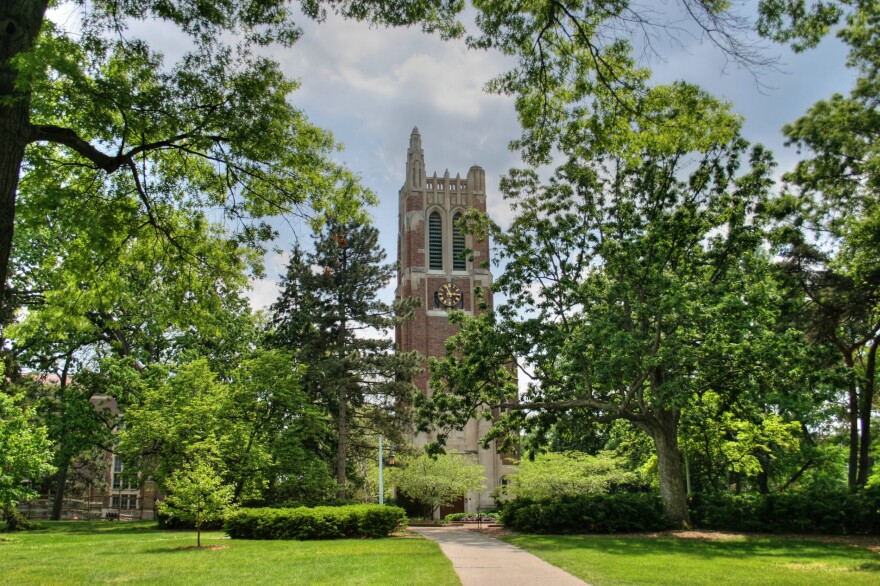The Coronavirus Aid, Relief, and Economic Security – or CARES – Act, signed into law by President Donald Trump in March included nearly $14 billion in emergency relief funding for higher education. Michigan State University is slated to receive more than $29.8 million, the most of any individual campus in the state.
For more on how that money will affect colleges and universities in the state, Michigan Radio Morning Edition host Doug Tribou spoke with Dan Hurley. He’s the CEO of the Michigan Association of State Universities.
Several schools in Michigan will receive more than $13 million. The money could begin arriving this week. At least half of the funds must go to emergency financial aid grants to students, which they will not have to repay. The universities have more latitude to spend the rest of the money, but with some restrictions. For example, the money can’t go to endowments, athletic facilities, or external marketing contractors.
Hurley said that money likely will be used to improve online learning systems and increase health measures for when students eventually return to campus.
“Health and sanitation, ensuring the highest level of public health, public safety, will also be another primary utilization of those dollars. I think you are going to see a lot more than simply hand sanitizer dispensers around buildings. Whenever the time comes for the campuses to reopen, they need to have processes in place to make sure that students, visitors, employees are healthy. And so from a testing perspective, contact tracing perspective, all that infrastructure needs to be in place.”
Hurley said the money is helpful, but it’s not enough to make up for budget shortfalls Michigan colleges and universities are facing because of the novel coronavirus. The University of Michigan projects deficits of $400 million to $1 billion across its three campuses and Michigan Medicine.
Hurley said, as a result, schools in Michigan will have to make drastic cuts.
“Those are already taking place,” he said. “And every day the belt is getting tighter, whether it's construction projects, deferred maintenance, going all the way to the human side and that's employment, furloughs, layoffs."
Like many fields, the higher education community is making and changing plans quickly as the pandemic plays out.
"One of great frustrations with this pandemic is the unknowables," Hurley said. "[B]ut one thing is clear is that cuts are going to have to be made.”






